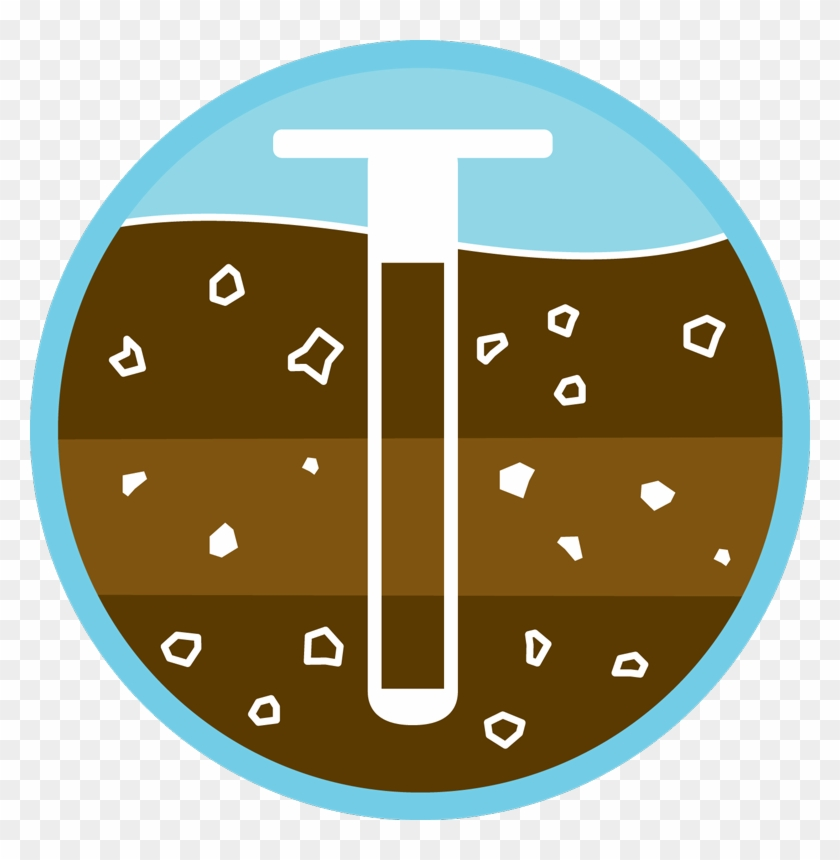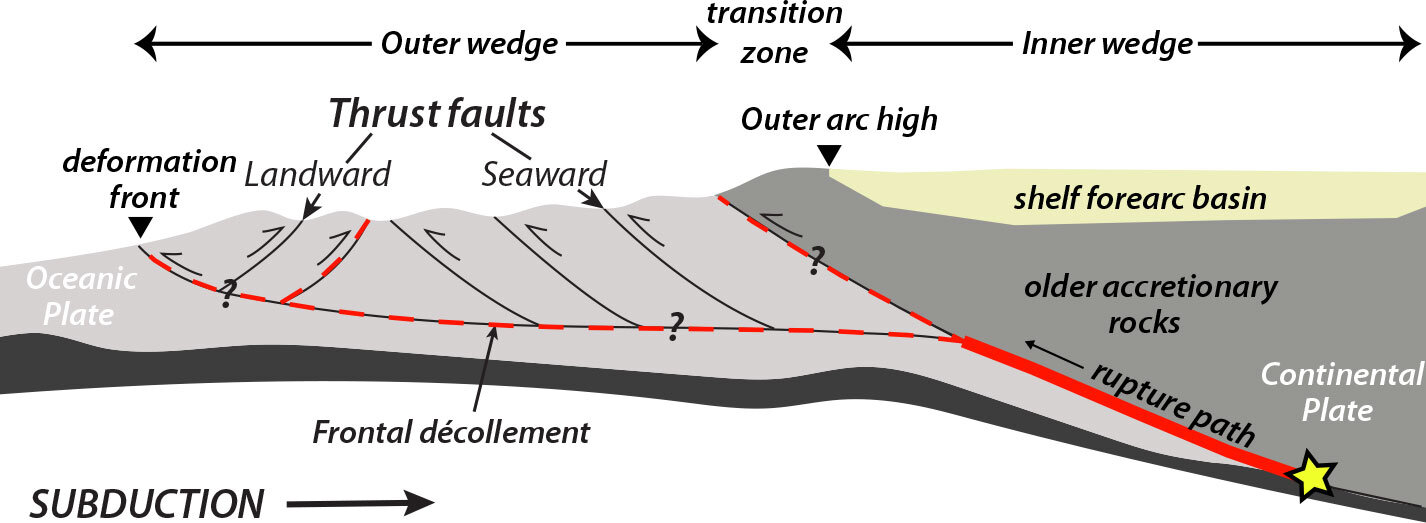- 2 Posts
- 3 Comments

 3·2 years ago
3·2 years agoThat’s a fine bed of moss on the surface. It’s boreal forest, so this area near a road cut had plenty of light. Other areas were dark enough from tree canopy cover that it was just some fallen needles that decompose into many organic acids - pH of the E horizon was around pH 3.5-4. That coupled with coarse texture and plenty of leaching with spring thaw helped develop the horizons. Despite the degree of development, this is a young soil relatively. This region was glaciated (continental ice sheet hundreds of meters thick) just 10,000 or so years ago.

 3·2 years ago
3·2 years agoYeah, this was from back in 2018 during the North American Forest Soil Conference, so it was taken with an old, crappy iPhone 5 camera. Still a good representation of the colors.
The other cool feature of this profile was the suspected krotovina(s). On the left, the light colored region looked like a burrow filled with light, E/Ae horizon material, while the patch on the right was filled with organic matter (it’s not just slough from the surface)


Thanks for sharing this. Been interested on Amazonian dark earths since I did some of my soil science Ph.D. fieldwork down in the Cerrado. I wonder how transferable this is to other tropical/sub-tropical soil systems. I would expect both the type of inputs, climate, and soil type to affect how much SOC changes